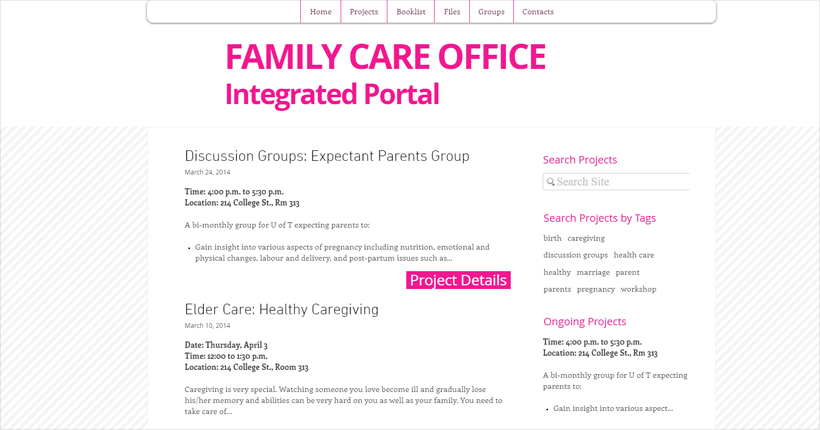(Staff had no standardized communication)
THE PROBLEM
The FCO is a small organization with only a few staff. They still need consistent, reliable and secure communications to ensure they are able to deliver services.
The dedication and hard work of the staff has meant they were able to collaborate on shared projects in an informal way. Switching between email, paper in person conversations and various microsoft programs as needed.
Despite the hard work of the staff having no set process for communicating or collaborating causes them to work much harder than they need to.
The FCO makes frequent use of various channels of communication, but these do not lend themselves to holding digital assets that are worked on by multiple people at the same time.
Version control is a challenge for the FCO. Staff members email revisions back and forth creating an information overload as they receive many emails per day.
The storage of both currents projects and existing resources is very messy. Documents of various types are generally, but not always, stored in the Microsoft Explorer. This system does not work as there is no consistency as to how assets are labeled organized and saved. Often each staff member has their own information management preferences they don’t communicate to others. As with many organizations drive was informally dedicated for the storage of public documents. This drive is full of miscellaneous information.




